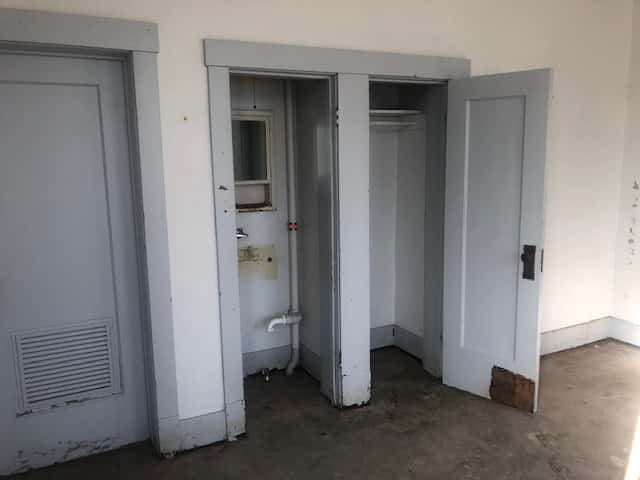Painting a historic building has many twists and turns. Historic buildings almost always have lead based paint that must be mitigated. I’ve yet to run into one that didn’t have lead based paint. The other main concern is there is always others involved in the project that have concerns with the painting process. The main concerns are centered on preserving the original colors and using processes that minimize impact upon the surfaces to be painted. Sometimes we run into people concerned with safety but that is not common.

We do not get involved with lead mitigation so when we are on site the mitigation has already been done. In most cases the lead mitigation is scraping and removal of the lead based paint and then sealing/priming the various surfaces.

We are on the front side of doing a project in Nebraska that is a historic building. There are always bureaucratic hurdles to deal with such as color submissions and scope of work submissions. The process of doing a project is always slow. If you recognize that upfront it makes things less stressful. Travel time to this project is worth noting. We do a lot of work in Western Omaha, Elkhorn area so travel is something we are accustomed to.
Considerations when painting a historic building
There are several considerations to keep in mind when painting a historic building:
Research the building’s history: It is important to understand the history of the building and its original design and color scheme before making any decisions about painting. This can help ensure that any changes made are appropriate and respectful of the building’s history.
Use appropriate materials: It is important to use paint and other materials that are compatible with the building’s age and construction. For example, using modern paints on a historic building may not adhere well and could cause damage to the structure.
Consult with experts: Historic buildings often require special care and attention. It is important to consult with experts, such as a historic preservation specialist or a conservator, to ensure that any work is done in a way that preserves the building’s historic integrity.
Consider the environment: The paint and other materials used should be environmentally friendly and not emit any harmful fumes. This is important not only for the preservation of the building, but also for the health and safety of those working on the project.
Get approval: Depending on the location and designation of the building, you may need to get approval from local or national historic preservation organizations before making any changes to the exterior. It is important to follow all necessary guidelines and procedures to ensure that the building’s historic status is not compromised.
Test the paint: Before committing to a final color, it is a good idea to test a small sample of the paint on a inconspicuous area of the building to see how it looks and how well it adheres. This can help avoid any costly mistakes.
Protect the building’s features: When painting a historic building, it is important to take care not to damage any of the building’s unique features, such as decorative trim, ornamental details, or architectural elements. These should be carefully masked off or covered to protect them from paint overspray.
Repair any damage: Before painting, it is important to address any damage to the building’s surface, such as cracks, holes, or peeling paint. This can help ensure that the new paint adheres properly and that the building is properly protected.
Use appropriate colors: The colors chosen for the exterior of a historic building should be appropriate for the style and period of the building. It may be necessary to do some research to determine what colors were originally used on the building or were commonly used during the time period in which the building was constructed.
Keep records: It is a good idea to keep detailed records of the work that has been done, including any repairs, the materials used, and the colors chosen. This can be useful for future reference and can help to document the building’s history and evolution.

